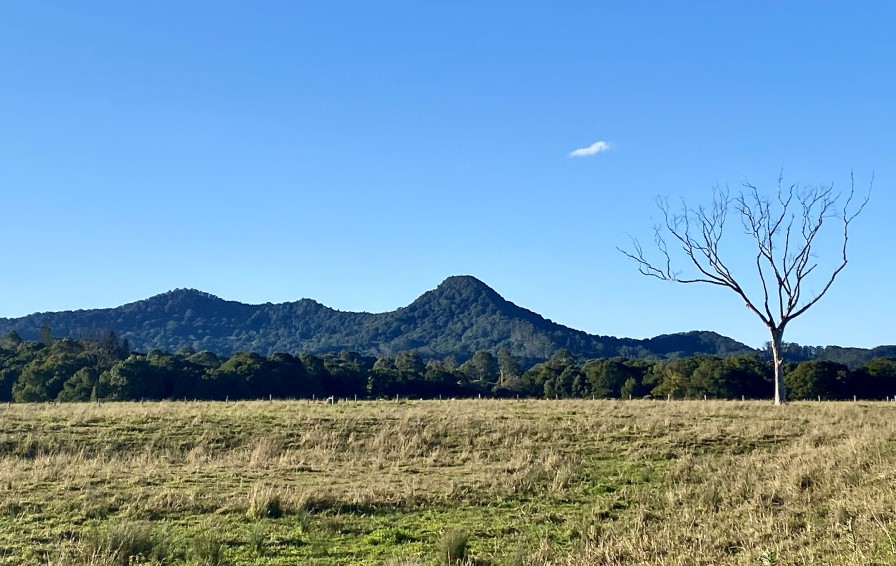Understanding tax deductions for vacant land

Tax deductions on vacant land—how complicated could they be? As with most tax matters, the answer is: more than you might think. To qualify for deductions, your vacant land must meet specific criteria set by the Australian Taxation Office (ATO). Factors such as purchase date, existing structures, land use, and plans for development all influence whether you can claim associated costs.
Defining Vacant Land
So, what exactly qualifies as vacant land? According to the ATO, land is considered vacant if it meets one of two conditions:
- It does not contain a substantial and permanent structure.
- If a structure does exist, it must be a residence that was either constructed or significantly renovated while the owner held the land. However, this residence must either be uninhabitable or not yet available for rent.
Examples of substantial and permanent structures include farm homesteads, commercial garages, silos, fencing, and woolsheds. However, smaller structures like residential sheds, landscaping features, letterboxes, pipes, and powerlines do not qualify as substantial and permanent.
The Impact of 2019 Tax Rule Changes
A significant shift in tax rules regarding vacant land took effect on 1 July 2019. Before this change, landowners could claim deductions for holding costs, provided the land was held for income-producing purposes or business operations. Deductible costs included interest on loans, council rates, and maintenance expenses.
Under the new rules, deductions for costs incurred while holding vacant land are generally disallowed unless certain exceptions apply.
When Can You Claim Tax Deductions For Vacant Land?
There are three key situations where deductions on vacant land remain allowable:
- Specific Entity Type – If the owner is a corporate tax entity, superannuation fund, or managed investment trust.
- Land Used for Business – If the land is actively used in a business or leased to another entity for business purposes. However, it must not contain an existing residence or one under construction.
- Primary Production Use – If you, your spouse, or an affiliated entity use the land for primary production (such as farming), and there is no existing or under-construction residence.
If your land does not fall under these categories, you cannot claim deductions for holding costs.
Eligible Deductible Costs
For land that qualifies, deductible holding costs may include:
- Ongoing borrowing costs
- Interest payments on loans used to purchase the land
- Council rates and land taxes
- Maintenance expenses
However, costs related to repairing, renovating, or constructing structures on the land cannot be claimed.
Exemptions for Exceptional Circumstances
The ATO allows exemptions for exceptional circumstances beyond your control, such as:
- Natural disasters
- Major building fires
- Significant structural defects
If such events result in the loss of a substantial structure on your land, you may be eligible for deductions for holding costs for up to three years.
Final Thoughts
Claiming deductions for vacant land can be a complex process requiring careful assessment.
Given the intricate tax rules and exceptions, seeking professional tax advice before making claims is highly recommended.
For expert advice and assistance in dealing with your Personal Property Tax in Australia, please contact Mathews Tax Lawyers on 1800 685 829
Disclaimer: The information on this page is for general information purposes only and is not specific to any particular person or situation. There are many factors that may affect your particular circumstances. We advise that you contact Mathews Tax Lawyers before making any decisions.
